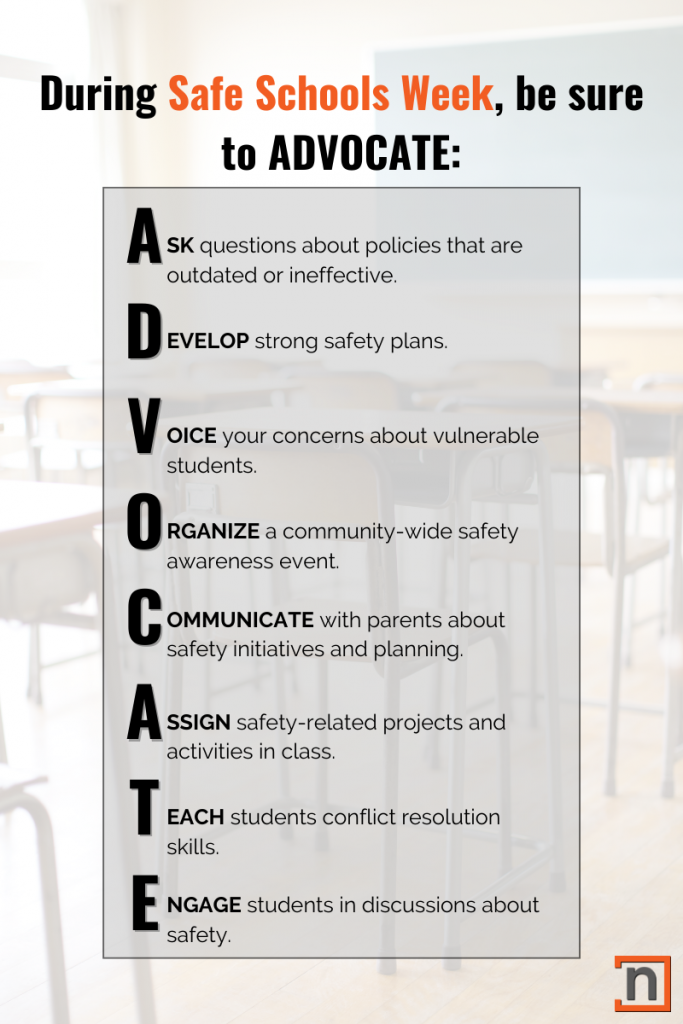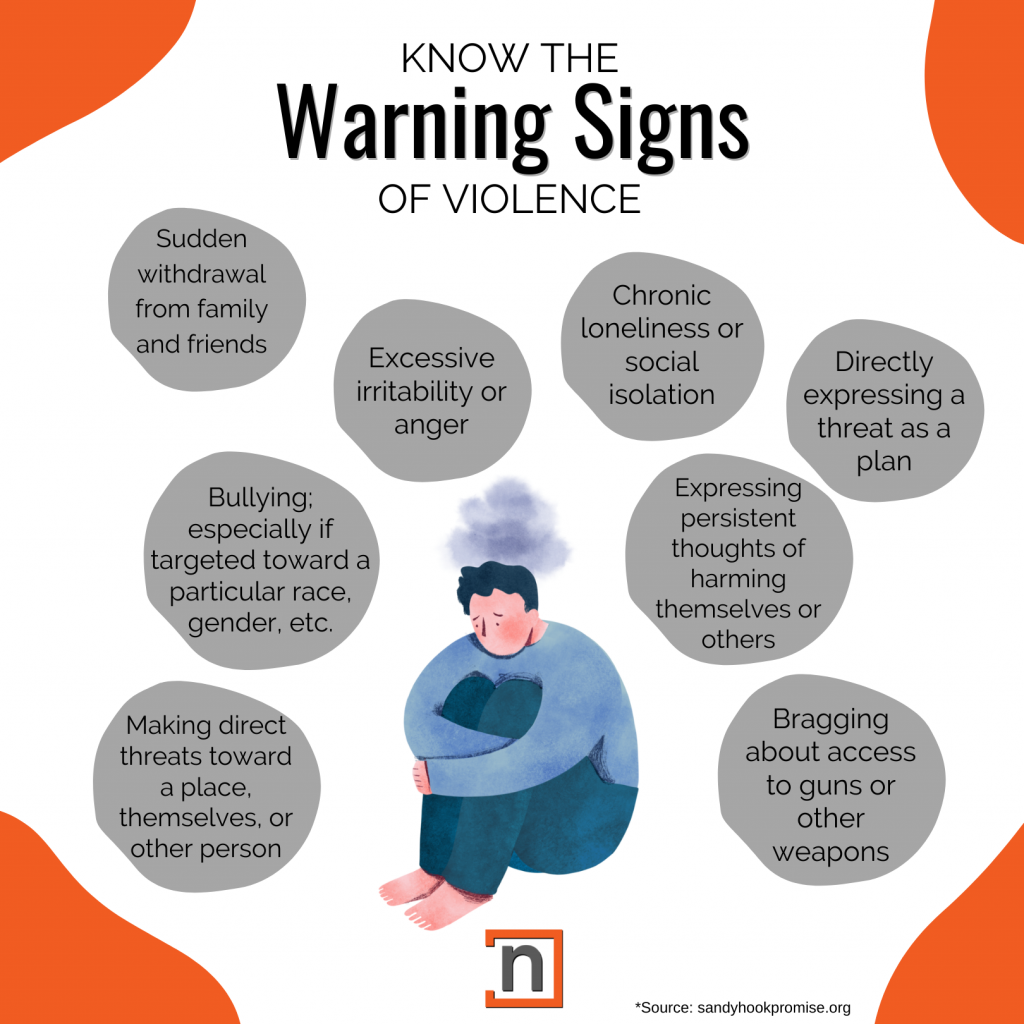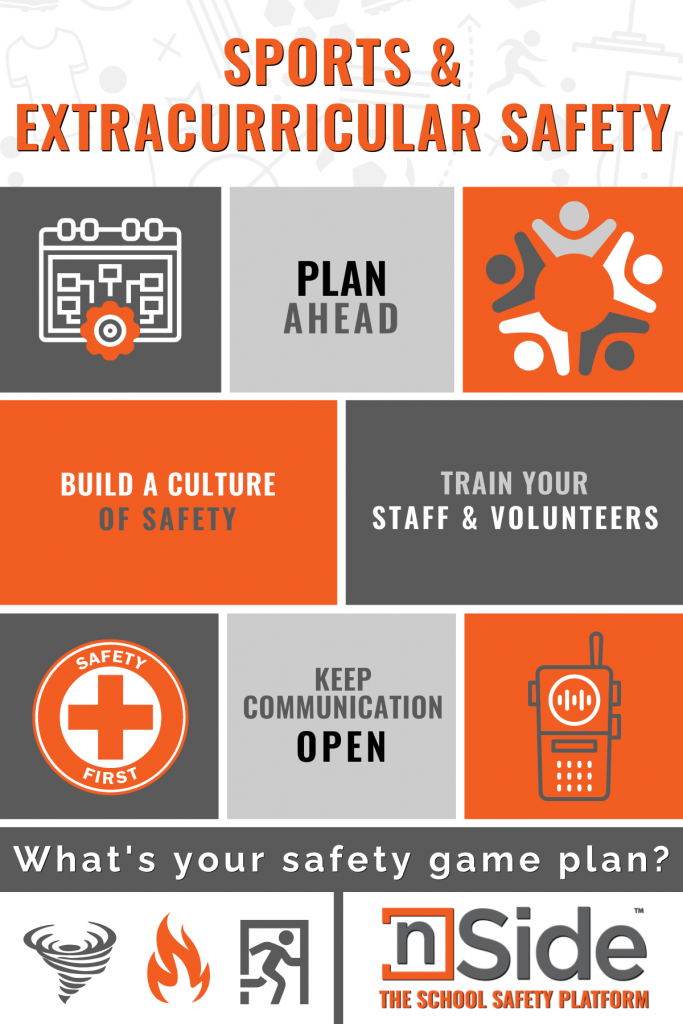October 16-22 is America’s Safe School Week. It is a time to bring awareness to school safety issues, as well as re-examine existing safety plans and policies. School safety is hardly a controversial issue; If there is anything a community can easily come to an agreement about, it is the fact that safety should be the highest priority in school planning. However, there tends to be a lack of understanding in the general public, and sometimes, even with school staff and students, about what goes into school safety and how many people need to be involved. During this Safe Schools Week, it is important to raise awareness and ask our schools and community members to advocate, not only for the safety of students but also for updated safety plans that are keeping up with the ever-changing landscape of school safety.
For Safe Schools Week, here are some ways that educators can ADVOCATE for school safety:

Ask questions about policies that are outdated or ineffective.
Policies are put in place at the school, district, state, and even federal levels to impact safety in schools. Some of them are enforced, and some are not on an everyday basis. Some are simply outdated and not effective for modern-day safety issues. The fact is, safety changes as technology advances and as culture changes. School shootings are not the only safety concern. Mental health took a huge hit during the COVID-19 pandemic, and schools must keep up with those challenges in order to ensure students are safe. It is tempting to feel powerless when these policies are at a distance – Central Office or even the State legislature. However, educators are the first ones to notice changes in what students need. Educators must feel empowered to ask the hard questions when policies are no longer effective.
Develop strong safety plans.
Every school may have safety plans in place, but are they collecting dust in a drawer each year? If so, it is time to make changes. Safety plans should be constantly evolving to stay relevant and at the forefront of school community members’ minds. A plan is not worth much if it is not practiced and improved over time.
Voice your concerns about vulnerable students.
Again, educators are the first to notice when there are changes in a student. Safety plans can cover a lot, but there are always situations that require a more personal approach. When there is a change in a student’s behavior, no matter how subtle, educators need to speak up, and administrators and counselors need to be ready to listen and act.
Organize a community-wide safety awareness event.
Educators are not the only ones invested in school safety. The community surrounding a school can also be an effective advocate for school safety. Many community members may want to get involved but don’t know how. They also may have a lack of knowledge when it comes to real school safety issues. The media tends to focus on school shootings, which may create a barrier of fear around the issues that face schools. Engage the community at large with school safety events or simply have meetings that involve community members. In the event of a school evacuation or a missing student, community members play a vital role in recovery. It is important to make sure those who are interested are involved in the planning steps as well.
Communicate with parents about safety initiatives and planning.
Parents especially have a vested interest in school safety, and many are looking for ways to be involved in their child’s school. Encourage parents to get involved in safety planning and let them know when safety initiatives are being implemented.
Assign safety-related projects and activities in class.
Safety education is not always effective when it is simply dictated to students. Instead, it may be a good idea to involve students by getting them to research safety-related topics and create their own safety plans. When students have hands-on experiences with safety, they are more likely to be invested and cooperative when it comes time to implement school safety plans.
Teach students conflict resolution skills.
Many dangerous situations develop after a simple conflict escalates into a crisis. It can happen so quickly, and it is crucial to intervene before it gets to a boiling point. Sometimes that means we must work harder on prevention. Conflict resolution is a skill that must be taught. The reality is, it is not always taught at home, so schools must incorporate conflict resolution into the curriculum as part of a larger safety plan. Counselors are an excellent choice for these lessons. Educating students on their emotions and how to appropriately respond in high-stress situations should not just be an afterthought in safety planning, but a significant part of the plan itself.
Engage students in discussions about safety.
Students must be invested in school safety in order for plans to be effective. They must prioritize safety as a part of their school day routine. Many already do, the reality being that school is already their safe place when their home is not. This should provide even more reason for that safe place to be protected. Get students involved in their own safety, and have difficult discussions. Students face dangerous situations more often than educators and parents realize. Giving them space to speak up and feel involved is imperative to school safety.
These are just a few ways to advocate for school safety. For more ideas on how you can advocate or get involved with school safety, go to http://www.schoolsafety.us/safe-schools-week. The nSide platform is constantly evolving to improve safety plans and prevent crisis situations through threat assessment, planning, and monitoring through mapping and camera surveillance. Contact nSide today at help@nside.io to see how we can help you make your schools safer!
Sources:





